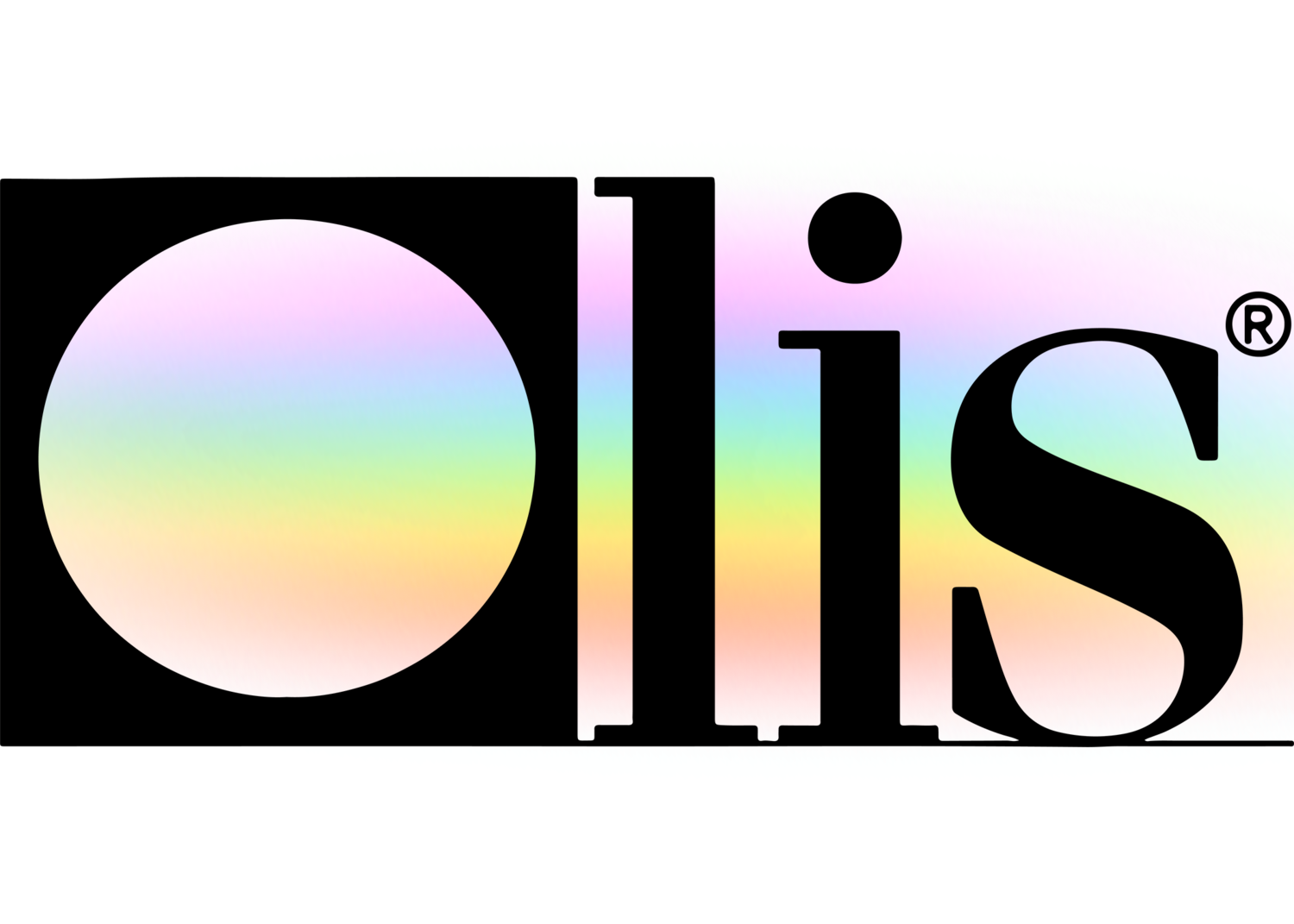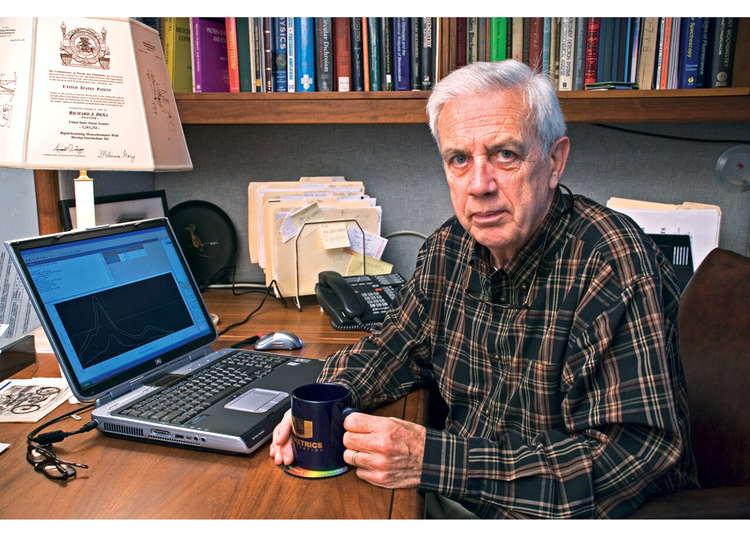What Does Uv/vis Do?
What Does Uv/vis Do?
Blog Article
Circular Dichroism Things To Know Before You Get This
Table of ContentsAn Unbiased View of SpectrophotometersThe Ultimate Guide To Circular DichroismThe Circularly Polarized Luminescence Ideas6 Easy Facts About Circularly Polarized Luminescence ShownOur Circularly Polarized Luminescence Statements

Although spectrophotometry is most commonly used to ultraviolet, noticeable, and infrared radiation, modern-day spectrophotometers can question large swaths of the electromagnetic spectrum, consisting of x-ray, ultraviolet, noticeable, infrared, and/or microwave wavelengths. Spectrophotometry is a tool that hinges on the quantitative analysis of molecules depending upon just how much light is soaked up by colored substances.
Some Known Facts About Spectrophotometers.
A spectrophotometer is typically used for the measurement of transmittance or reflectance of options, transparent or opaque solids, such as polished glass, or gases. Although lots of biochemicals are colored, as in, they soak up visible light and for that reason can be measured by colorimetric procedures, even colorless biochemicals can often be transformed to colored compounds ideal for chromogenic color-forming reactions to yield compounds ideal for colorimetric analysis.: 65 Nevertheless, they can likewise be developed to determine the diffusivity on any of the noted light ranges that generally cover around 2002500 nm using various controls and calibrations.
An example of an experiment in which spectrophotometry is used is the determination of the stability constant of a service. A particular chain reaction within a service may take place in a forward and reverse direction, where reactants form products and products break down into reactants. At some time, this chain reaction will reach a point of balance called a stability point.
The smart Trick of Uv/vis That Nobody is Discussing
The quantity of light that travels through the service is a sign of the concentration of certain chemicals that do not permit light to pass through. The absorption of light is because of the interaction of light with the electronic and vibrational modes of particles. Each type of particle has a private set of energy levels associated with the makeup of its chemical bonds and nuclei and hence will absorb light of specific wavelengths, or energies, resulting in special spectral homes.
They are commonly used in lots of industries consisting of semiconductors, laser and optical production, printing and forensic examination, as well as in labs for the research study of chemical substances. Spectrophotometry is frequently utilized in measurements of enzyme activities, determinations of protein concentrations, decisions of enzymatic kinetic constants, and measurements of ligand binding reactions.: 65 Ultimately, a spectrophotometer is able to figure out, depending on the control or calibration, what compounds are present in a target and exactly how much through computations of observed wavelengths.
This would come as an option to the formerly created spectrophotometers which were not able to soak up the ultraviolet properly.
The Best Guide To Uv/vis/nir
It would be discovered that this did not provide satisfying outcomes, for that reason in Model B, there was a shift from a glass to a quartz prism which enabled much better absorbance outcomes - circularly polarized luminescence (https://www.magcloud.com/user/olisclarity1). From there, Design C was born with an adjustment to the wavelength resolution which wound up having 3 units of it produced
It was produced from 1941 to 1976 where the price for it in 1941 was US$723 (far-UV accessories were an option at additional expense). In the words of Nobel chemistry laureate Bruce Merrifield, it was "probably the most important instrument ever developed towards the improvement of bioscience." Once it ended up being stopped in 1976, Hewlett-Packard created the first commercially offered diode-array spectrophotometer in 1979 referred to as the HP 8450A. It irradiates the sample with polychromatic light which the sample takes in depending upon its residential or commercial properties. It is sent back by grating the photodiode selection which identifies the wavelength area of the spectrum. Ever since, the production and application of spectrophotometry devices has actually increased immensely and has become one of the most innovative instruments of our time.

The Of Circular Dichroism
Historically, spectrophotometers use a monochromator consisting of a diffraction grating to produce the analytical spectrum. The grating can either be movable or repaired. If a single detector, such as a photomultiplier tube or photodiode is used, the grating can be scanned step-by-step (scanning spectrophotometer) so that the detector can measure the light intensity at each wavelength (which will correspond to each "step").
In such systems, the grating is fixed and the intensity of each wavelength of light is measured by a different detector in the range. Additionally, most modern mid-infrared spectrophotometers use a Fourier change technique to obtain the spectral information - https://www.kickstarter.com/profile/olisclarity1/about. This strategy is called Fourier transform infrared spectroscopy. When making transmission measurements, the spectrophotometer quantitatively compares the fraction of light that goes through a referral option and a test option, then digitally compares the strengths of the two signals and computes the percentage of transmission of the sample compared to the reference requirement.

Report this page